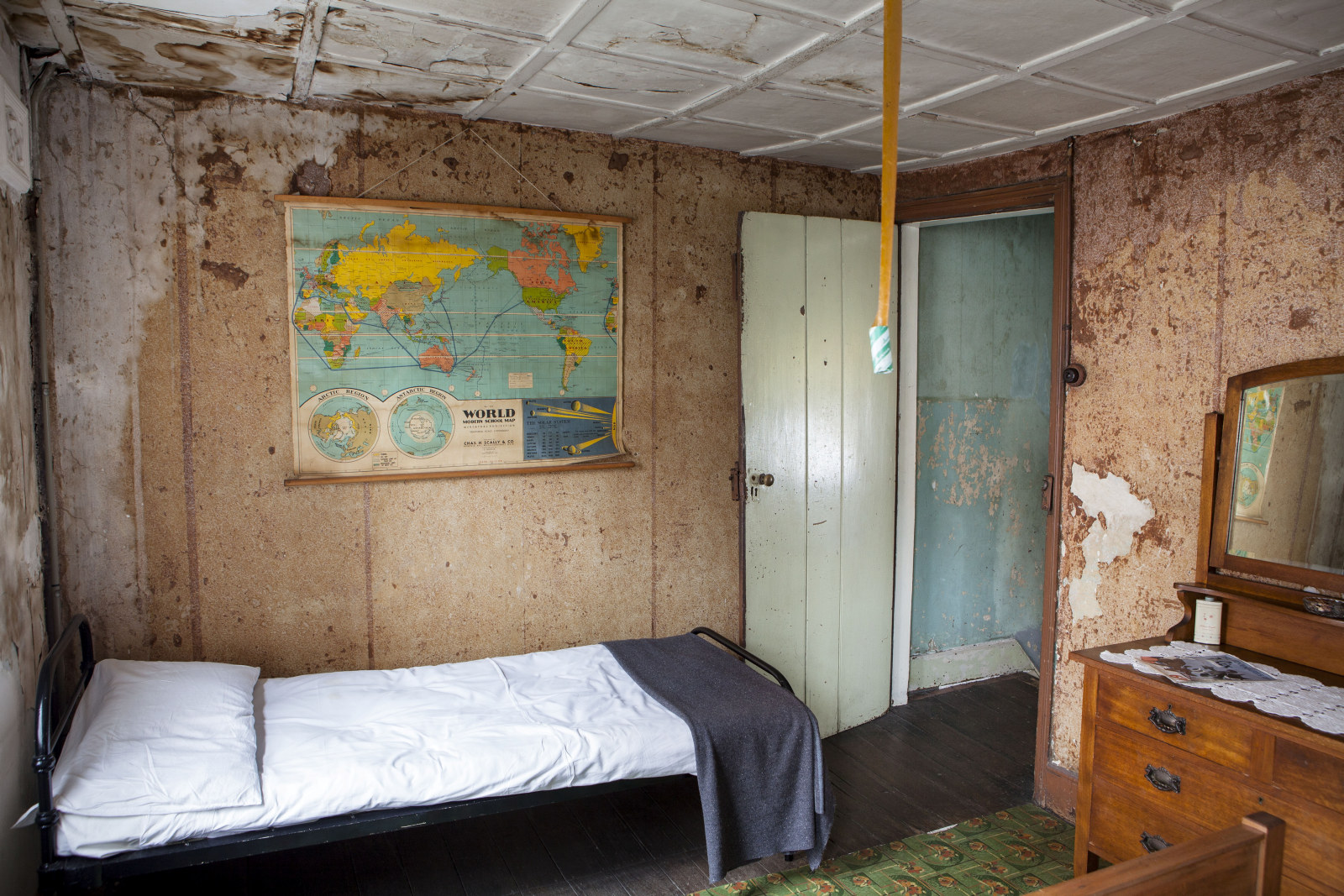Wentworth Mausoleum perimeter fence conservation
MHNSW is undertaking the first comprehensive conservation works to the heavily deteriorated palisade fence surrounding the 1870s resting place of William Charles Wentworth. The works will entail the remediation of the original wrought iron fence and stone plinth. The Wentworth Mausoleum is located only a short distance from Vaucluse House and was once part of Wentworth’s estate.
Following a period of detailed documentation, and for the first time in the history of the site, the entire perimeter fence was dismantled from its stone plinth.
The process required moving the bottom rail of the old wrought iron fence to be able to carefully dislodge the posts from the copping stones in which they have been sitting in molten lead for many years.
The fence was removed and stored in 3-meter sections and numbered (to ensure they are reinstalled in their correct location after Conservation works are completed) and taken to the metal workshop where they are being treated and repaired. The design of the fence is quite intricate including a number of geometrical details that throughout the years have rusted and decayed. As it is our intent to only replace elements that are beyond repair, this process is incredibly arduous and requires care and consideration.
ABOVE: pointcloud fly through of the Mausoleum site prior to work beginning.
The removal of the fence also allowed for the closer inspection to the stonework below. This showed the extent of deterioration caused by the rusted fence posts and tree roots. All three courses of stonework were removed from site and taken to the stonemason’s workshop to be either be repaired or in the case of heavily cracked copping stones, replaced. We anticipate having to replace approximately 80 of these elements.
While all this work was happening off-site, the new screw pile footings on which the new front wall will sit were installed. Weather dependent all work is scheduled for completion in late 2022.
Related

Conservation
A herculean task: clearing the woolshed
The first stage of a major conservation project at Rouse Hill Estate involved removing thousands of objects accumulated over 150 years of the property’s occupation

A house in the making
After 162 years of being continuously occupied, 62 Gloucester Street was opened to the public for the first time in 2006
Published on
